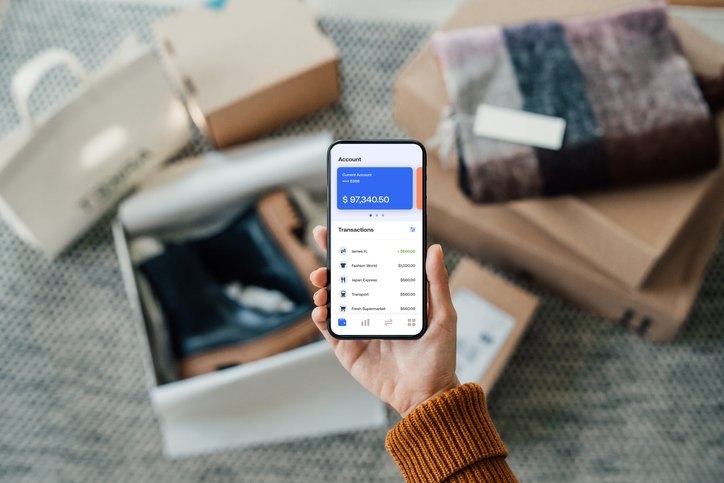
Is online shopping the new norm for global consumers?
From shopping and fitness to doctor consultations, people adapted to the pandemic's restrictions by embracing new digital alternatives to traditional activities. In this piece we look at the extent to which these online activities have persisted in the post-pandemic world.
Data from a recent YouGov survey, focused on 18 international markets, shows that nearly two in five global respondents (37%) started online shopping during the pandemic and continue with the practice even after restrictions have been lifted. It must be noted that the actual share of consumers doing their shopping online might well be much higher as many may have started this activity before the pandemic. This applies to all activities examined in the chart below.
Streaming services experienced a huge surge in demand during the pandemic, and 39% of respondents continue to watch online entertainment after having started this activity during the pandemic, making it the activity that has received the most significant boost. Online learning registers more than a quarter of global respondents (26%).
Other categories include doctor consultations (18%), fitness classes (17%), virtual events (11%) and online dating (7%).
Taking a closer look at our global respondents who indicate that they have continued with online shopping, both by age demographics and by country.
According to the data, switching to online shopping has been a lasting lifestyle change for nearly two in five consumers across all age groups, with consumers aged between 35 to 44 and 45-54 years slightly more likely to say they continue shopping through apps and websites (39% each).
Mexico registers the highest share of consumers embracing online shopping during the pandemic and persisting with it (54%). The share is nearly halved in America where only 28% of consumers say they continue shopping online. Canadians (40%) are slightly more likely than the global average to continue with online shopping.
All markets in the APAC region outpace the global audience with nearly half of consumers in some of these markets indicating their participation in e-commerce – China (51%), India (49%), Hong Kong (46%). Australians are the least likely of all APAC consumers to say they buy their groceries and clothes online (39%).
Great Britain indicates a comparatively lower adoption rate with slightly fewer than a quarter of consumers (24%) saying they started shopping online due to lockdown restrictions and continue this routine even now.
Germany, Sweden, and Denmark present the lowest percentages among the surveyed countries, with 23%, 22%, and 16% of their consumers, respectively, embracing online shopping during the pandemic and continuing to do so.
These variations across geographical locations highlight the differing degrees of adoption and acceptance of online shopping as a preferred mode of retail consumption during the pandemic. The data underscores the significant impact of digital platforms on consumer behavior, with certain regions demonstrating a higher reliance on remote shopping options compared to others.
Explore our living data – for free
To receive monthly insights about the health and pharma industry register here.
To read YouGov’s latest intelligence on the health and pharma sector explore here.
Make smarter business decisions with better intelligence. Understand exactly what your audience is thinking by leveraging our panel of 20 million+ members. Speak with us today.
Methodology: YouGov Surveys: Serviced provide quick survey results from nationally representative or targeted audiences in multiple markets. The data is based on surveys of adults aged 18+ years in 18 markets with sample sizes varying between 512 and 2007 for each market. All surveys were conducted online in March 2023. Data from each market uses a nationally representative sample apart from Mexico and India, which use urban representative samples, and Indonesia and Hong Kong, which use online representative samples. Learn more about YouGov Surveys: Serviced.
Getty Images